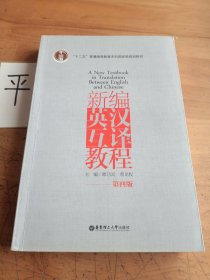
新编英汉互译教程(第四版)
¥ 4.2 九品
仅1件
湖南长沙
认证卖家担保交易快速发货售后保障
作者谭卫国、蔡龙权 编
出版社华东理工大学出版社
出版时间2015-11
版次4
装帧平装
货号81F
上书时间2024-11-11
- 在售商品 暂无
- 平均发货时间 5小时
- 好评率 暂无
- 店主推荐
- 最新上架
商品详情
- 品相描述:九品
图书标准信息
- 作者 谭卫国、蔡龙权 编
- 出版社 华东理工大学出版社
- 出版时间 2015-11
- 版次 4
- ISBN 9787562844259
- 定价 45.00元
- 装帧 平装
- 开本 16开
- 纸张 胶版纸
- 页数 452页
- 字数 99999千字
- 丛书 “十二五”普通高等教育本科国家级规划教材
- 【内容简介】
- 《新编英汉互译教程(第四版)》集翻译理论、翻译技巧、翻译实践为一体的教材,是编者在英汉一汉英翻译领域长期教学及科研工作的结晶。与同类教材相比,它由三大部分组成:基本翻译理论:主要翻译技巧;翻译实践,其中包括英语专业八级统考翻译试题及其参考译文。翻译理论篇用简明英语写成,通俗易懂,方便教学;翻译技巧篇从英汉互译的角度讨论翻译技巧;翻译实践编提供40篇精彩范文,便于读者学习。并提供八级统考翻译试题及其译文。
- 【目录】
-
PartOne BasicTheoriesofTranslation1 ABriefDiscussionofTranslation 31.1 TheOriginandFunctionofTranslation 41.2 DefinitionsofTranslation 61.3 TheNatureofTranslationStudies. 92 PrinciplesforTranslation. 112.1 VariousPrinciplesforTranslation 112.2 GeorgeCampbell05sandAlexanderFraserTytler05sTriplePrinciples 122.3 EugeneA.Nida05sFunctionalEquivalence . 132.4 GermanFunctionalists05SkoposTheory 142.5 YanFu05sTriplePrincipleforTranslation . 152.6 FuLei05s“SpiritualResemblance”(“神似”)andQianZhongshu05s “SublimePerfection”(“化境”) 162.7 LiuZhongde05sTriplePrincipleforTranslation. 182.8 XuYuanchong05sThreeGBeautyPrincipleandHis“信达优” 212.9 ZhangPeiji05sandSunZhili05s“Faithfulness”and“Smoothness” 223 MajorTranslationStrategies . 243.1 TowardstheThreeMajorTranslationStrategies 243.2 DomesticationandForeignizationandTheirApplication 343.3 A ComparisonofForeignizationandDomesticationwithLiteralTranslationandLiberalTranslation . 494 TheProcessofTranslation 554.1 OntheProcessofTranslation 554.2 ComprehensionandReproductionoftheSLTattheMacroGLevel 574.3 ComprehensionandReproductionoftheSLTattheMicroGLevel 604.4 ImprovementoftheTLT 635 TheRealityoftheTranslator05sSubjectivity . 655.1 SubjectivityandtheTranslator05sSubjectivity 655.2 TranslatorsasHumanBeings 665.3 TranslatorGCenteredness. 685.4 DifferentVersionsoftheSameLiteraryWork.__________ 695.5 MachineTranslation 706 TheTranslator05sExertionofHisSubjectivity. 806.1 TheNecessityoftheTranslator05sExertionofHisSubjectivity 806.2 RequirementsoftheTranslators05ExertionofSubjectivity 846.3 ManifestationsoftheTranslator05sExertionofSubjectivity . 896.4 RestrictionsoftheTranslator05sExertionofSubjectivity 1107 ContextandWordinginTranslation(Ⅰ) 1137.1 TowardsContext . 1137.2 ContextforTranslation 1237.3 WordinginTranslation 1268 ContextandWordinginTranslation(Ⅱ) 1328.1 ContextasaDeterminerofWording. 1338.2 IntraGLingualContextandWording . 134ReferenceAnswerstotheExercises 147PartTwo MajorTranslationTechniques9 词类转译 . 1609.1 英语名词与汉语动词相互转译 1609.2 英语介词与汉语动词相互转译 1619.3 英语形容词与汉语动词相互转译 . 1629.4 英语形容词与汉语副词相互转译 . 1629.5 英语副词与汉语动词相互转译 1639.6 英语名词与汉语形容词相互转译 . 16310 增补词语. 16710.1 根据内容增补词语. 16710.2 根据形式增加词语. 17411 省略词语. 18411.1 从内容角度省略词语 18411.2 从形式角度省略词语 19012 正说反译与反说正译 19712.1 原文从正面表达,译文从反面表达(正说反译). 19712.2 原文从反面表达,译文从正面表达(反说正译). 20413 语态转译. 21213.1 语态转译在英译汉中的运用. 21213.2 语态转译在汉译英中的运用. 21614 分译法在翻译中的运用. 22114.1 分译法在英译汉中的运用 22114.2 分译法在汉译英中的运用 22415 合并法在翻译中的运用. 22915.1 合并法在英译汉中的运用 22915.2 合并法在汉译英中的运用 23116 英汉习语的分类与翻译. 23516.1 文化、习语与翻译 . 23516.2 英汉习语的种类与翻译. 23517 英语定语从句的译法 24317.1 英语限制性定语从句的常用译法. 24317.2 英语非限制性定语从句的主要译法 24717.3 转译法 25017.4 几种特殊形式的定语从句的翻译. 25218 英语状语从句的翻译 25618.1 时间状语从句的翻译 25618.2 原因状语从句的翻译 25818.3 条件状语从句的翻译 25918.4 让步状语从句的翻译 26018.5 目的状语从句的翻译 26118.6 结果状语从句的翻译 26218.7 方式状语从句的翻译 26318.8 地点状语从句的翻译 26419 英汉长句的翻译 26719.1 按原句顺序译. 26719.2 逆原句顺序译. 26819.3 适当调整原句顺序. 27119.4 分开翻译. 27219.5 综合处理. 27420 专题翻译. 27820.1 英语隐喻的分类与翻译. 27820.2 英汉广告修辞的翻译 288翻译练习题参考答案 298……
点击展开
点击收起
相关推荐
— 没有更多了 —






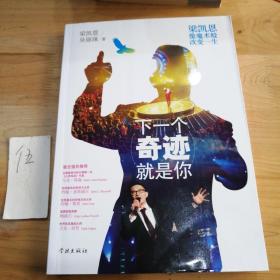
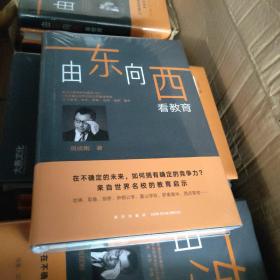
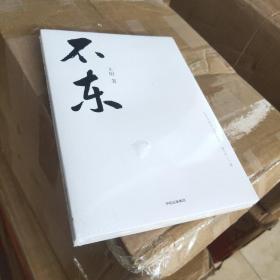
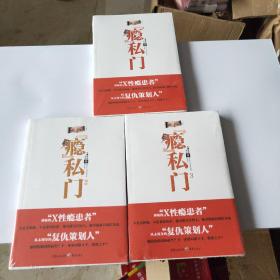
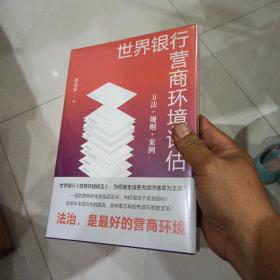
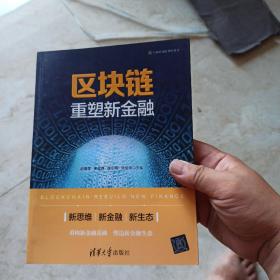
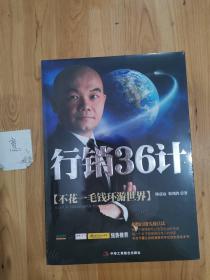
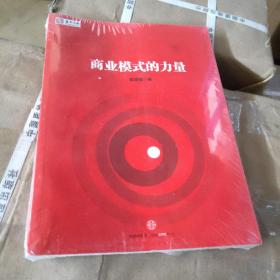
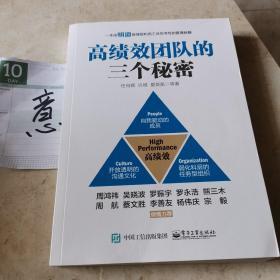

















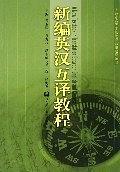


以下为对购买帮助不大的评价